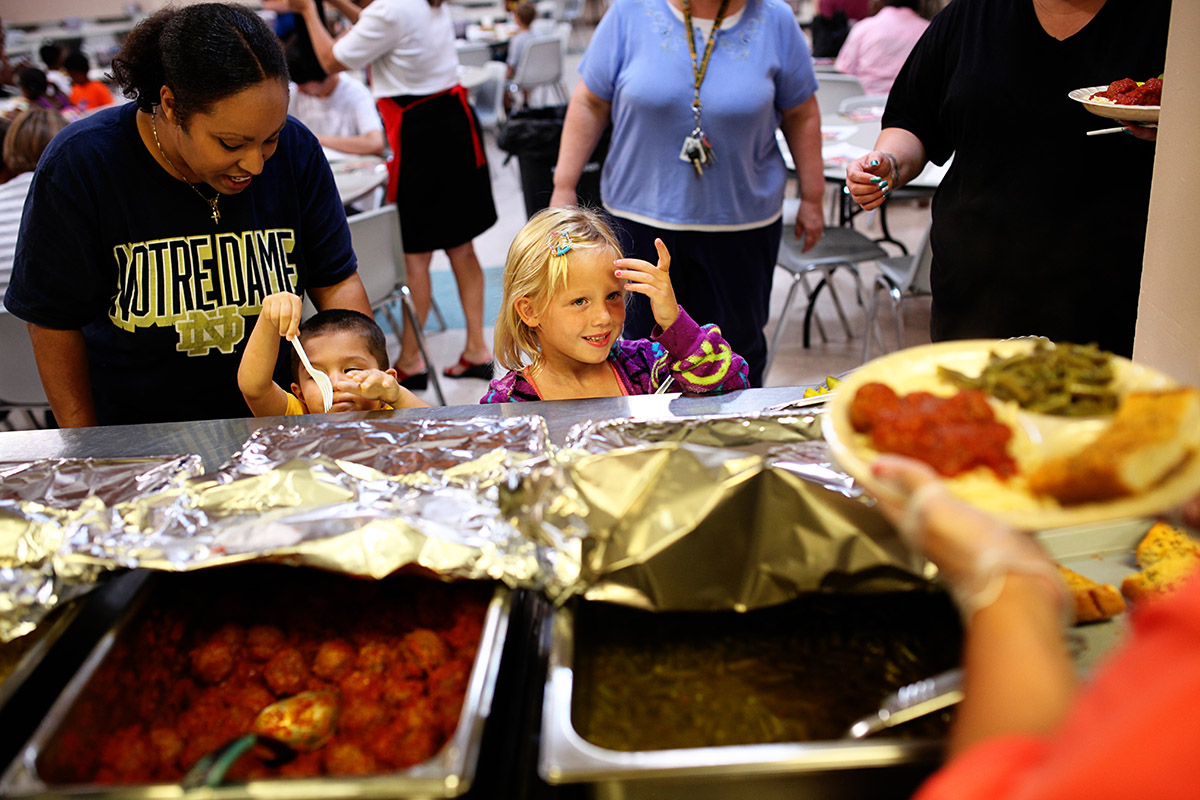-
Home
Never Miss a Chance to Do the Most Good
Please enter your name, email and zip code below to sign up!
-
Locations
-
Find Your Salvation Army
Never Miss a Chance to Do the Most Good
Please enter your name, email and zip code below to sign up!
-
Fayetteville Corps
Never Miss a Chance to Do the Most Good
Please enter your name, email and zip code below to sign up!
-
Springdale Corps
Never Miss a Chance to Do the Most Good
Please enter your name, email and zip code below to sign up!
-
Rogers Corps
Never Miss a Chance to Do the Most Good
Please enter your name, email and zip code below to sign up!
Never Miss a Chance to Do the Most Good
Please enter your name, email and zip code below to sign up!
-
Find Your Salvation Army
-
Who We Are
Never Miss a Chance to Do the Most Good
Please enter your name, email and zip code below to sign up!
-
How We Help
-
Angel Tree Registration
Never Miss a Chance to Do the Most Good
Please enter your name, email and zip code below to sign up!
-
Social Services
Never Miss a Chance to Do the Most Good
Please enter your name, email and zip code below to sign up!
-
Our Shelters
Never Miss a Chance to Do the Most Good
Please enter your name, email and zip code below to sign up!
-
Men's Rehabilitation Program
Never Miss a Chance to Do the Most Good
Please enter your name, email and zip code below to sign up!
-
Resources
Never Miss a Chance to Do the Most Good
Please enter your name, email and zip code below to sign up!
Never Miss a Chance to Do the Most Good
Please enter your name, email and zip code below to sign up!
-
Angel Tree Registration
-
Ways to Give
-
Love Beyond
Never Miss a Chance to Do the Most Good
Please enter your name, email and zip code below to sign up!
-
Host a Food Drive
Never Miss a Chance to Do the Most Good
Please enter your name, email and zip code below to sign up!
-
Donate Goods
Never Miss a Chance to Do the Most Good
Please enter your name, email and zip code below to sign up!
Never Miss a Chance to Do the Most Good
Please enter your name, email and zip code below to sign up!
-
Love Beyond
-
Volunteer
-
Volunteer Opportunities
Never Miss a Chance to Do the Most Good
Please enter your name, email and zip code below to sign up!
-
NWA Echelon Chapter
Never Miss a Chance to Do the Most Good
Please enter your name, email and zip code below to sign up!
Never Miss a Chance to Do the Most Good
Please enter your name, email and zip code below to sign up!
-
Volunteer Opportunities
-
Careers
Never Miss a Chance to Do the Most Good
Please enter your name, email and zip code below to sign up!
-
Contact Us
Never Miss a Chance to Do the Most Good
Please enter your name, email and zip code below to sign up!
- Stories
Never Miss a Chance to Do the Most Good
Please enter your name, email and zip code below to sign up!
Never Miss a Chance to Do the Most Good
Please enter your name, email and zip code below to sign up!
Never Miss a Chance to Do the Most Good
Please enter your name, email and zip code below to sign up!

"Hungry" is no way to spend childhood
Every day The Salvation Army helps cure hunger by providing nutritious meals to neighbors in need.
Each night in the United States, 17.4 million families go to bed hungry.
An additional 6.9 million families live on the verge of food insecurity. That means they don’t always know where their next meal is coming from.
Food insecurity exists in every ZIP code in the United States. You can help.
Do The Most Good
Donate NowIn our fight against hunger and food insecurity, we provide over 56 million meals annually through:
Food Pantries
By supplying free fresh produce, canned goods, and healthy frozen items, our food pantries provide valuable meal supplementation while helping those in need maintain their independence and dignity. These food pantries are especially crucial in “food deserts,” where entire communities experience food insecurity due to lack of grocery store access.
See how the Hobbs Corps Community Center Food Pantry helps low-income and temporarily disadvantaged clients escape food insecurity.
Meal Programs
From sit-down programs that provide nutritious hot meals and valuable human interaction, to mobile meals delivering sustenance to those who cannot reach a food distribution center, to feeding programs across our hundreds of shelters and residential facilities, we help the most vulnerable members of society escape the daily burdens of food insecurity.
See how an Illinois Salvation Army afternoon meal program helps combat children’s hunger – and how a California Corps regularly feeds more than 150 seniors experiencing food insecurity.
Community Gardens
Each Salvation Army community garden provides a no-cost, renewable source of produce as well as vital work
structure for those involved in the cultivation and care of the food. These sustainable programs present a viable long-term solution to
chronic food insecurity while offering educational opportunities for children and adults alike.
See how an Arizona Salvation Army has partnered with Lowe’s to create a
sensory garden program teaching kids about the importance of agriculture
Fight Against Food Insecurity
Someone with food insecurity experiences a disruption of their food intake or eating patterns because of a lack of money and other resources. According to a 2017 study by the United States Department of Agriculture (USDA), households with very low food security reported the following conditions in the annual food security survey:
- 99% reported having worried that their food would run out before they got money to buy more.
- 97% reported that the food they bought just did not last, and they did not have money to get more.
- 95% reported that they could not afford to eat balanced meals.
- 96% reported that an adult had cut the size of meals or skipped meals because there was not enough money for food, and 88% reported that this had occurred in three or more months.
- 93% of respondents reported that they had eaten less than they felt they should because there was not enough money for food.
- 68% of respondents reported that they had been hungry but did not eat because they could not afford enough food.
- 48% of respondents reported having lost weight because they did not have enough money for food.
- 30% reported that an adult did not eat for an entire day because there was not enough money for food, and 24% reported that this had occurred in three or more months.
Families Face the Greatest Threat
- 19% of all American households with children are food insecure.
- 35% of households headed by single women are food insecure.
- 26% of black non-Hispanic households are food insecure.
- 22% of Hispanic households are food insecure.
Serving All Without Discrimination
In providing its hunger relief programs and services, The Salvation Army is committed to accommodating all those in need without unlawful discrimination or harassment based on age, race, color, religion, sex, national origin, marital status, disability, citizenship, sexual orientation, gender identity, gender expression, or any other characteristic in accordance with our capacity to help.
The Salvation Army is dedicated to eliminating food insecurity.
As defined in 2017 USDA study, “food insecurity” is “a disruption to food intake or eating patterns due to lack of money or other resources.” With more than 48 million Americans facing this threat daily, we work to cure hunger by providing nutritious meals to anyone in need via food pantries and meal assistance. This includes help for homeless people of all ages as well as individuals and families in need of extra assistance. In addition to addressing the immediate symptoms of food insecurity, our programs are designed to help identify and treat its root cause. Over time, this holistic approach to the physical, mental, and spiritual needs of each person helps move many from “hungry” to “fully healed.”

Find local Salvation Army services
Salvation Army programs and services vary with local needs. For information on specific programs and locations, contact your local Salvation Army Corps Community Center by using the location search.
